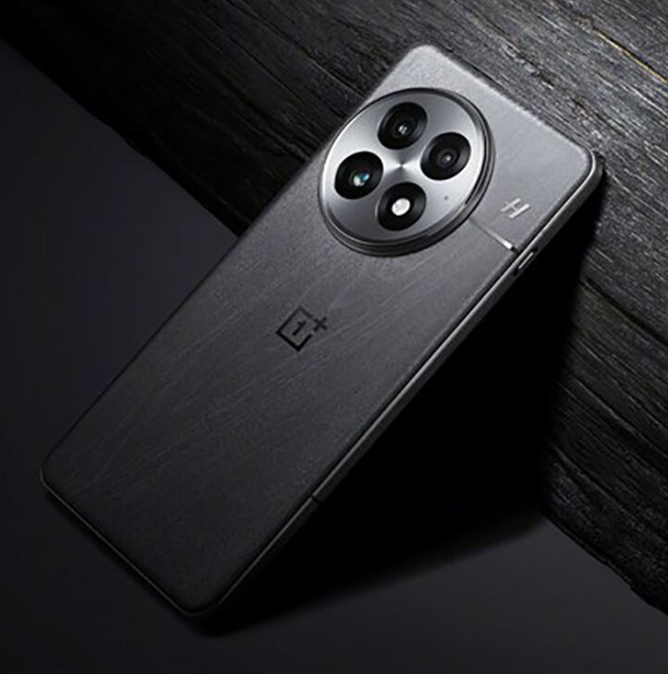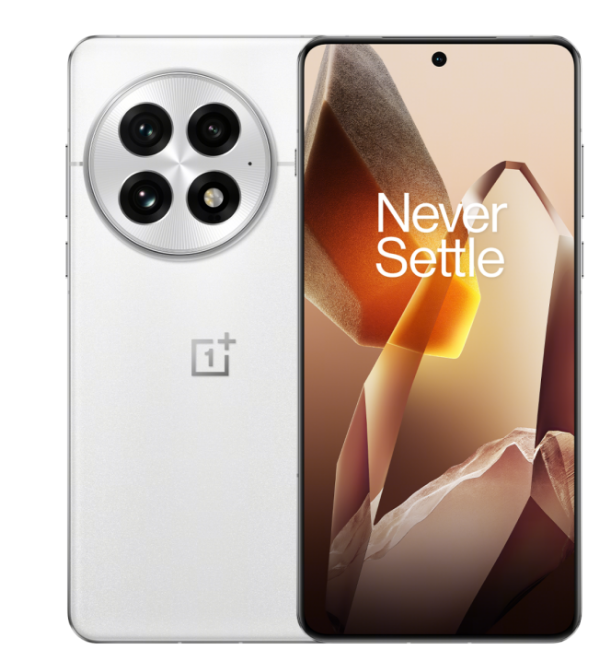Oppo Find X8s+ and OnePlus 13 are two flagship smartphones that reflect the best of Android innovation in 2025. With top-tier chipsets, advanced cameras, and premium designs, both cater to users seeking cutting-edge performance and features. This comparison is important because it pits MediaTek’s latest Dimensity chip against Qualcomm’s Snapdragon Elite, while also revealing how brands differentiate through display tech, software, and user experience at different price points.
1. Design and Display

Build and Feel:
Both smartphones offer premium build quality, featuring glass and aluminum frames with IP68/IP69 dust and water resistance. The Oppo Find X8s+ sticks to a standard glass back design, while the OnePlus 13 adds variety with eco-leather and Ceramic Guard options, giving users a more tactile and durable back panel. The OnePlus 13 feels slightly bulkier but also more robust due to its barometer and ceramic protection. In terms of build versatility and grip, OnePlus offers more user-centric customization.
OnePlus 13 edges ahead with more material choices and added ruggedness.
Display Quality:
Oppo Find X8s+ uses a 6.59″ AMOLED panel with HDR10+, Dolby Vision, and 1600 nits HBM brightness. However, the OnePlus 13 steps up with a larger 6.82″ LTPO 4.1 AMOLED panel, higher resolution (1440 x 3168), and a peak brightness of 4500 nits, making it far superior under sunlight and HDR playback. The LTPO tech ensures better battery efficiency during dynamic refresh rate shifts.
OnePlus 13 clearly leads with a brighter, sharper, and more advanced display panel.
Verdict:
While the Oppo Find X8s+ offers a balanced and sleek design, the OnePlus 13 stands out in both durability and display excellence. The higher peak brightness, sharper resolution, and material versatility make the OnePlus 13 the better-designed flagship overall.
2. Specifications

Performance:
Oppo Find X8s+ runs on the Dimensity 9400+ (3nm) chipset with a powerful Cortex-X925 core and Immortalis-G925 GPU. It is efficient and fast, suitable for heavy multitasking. However, the OnePlus 13 features the Snapdragon 8 Elite chip with dual high-performance Oryon V2 Phoenix L cores, offering better peak performance and thermals, especially in gaming or sustained loads. With faster clock speeds and a stronger Adreno 830 GPU, the OnePlus 13 delivers smoother frame rates and better AI performance.
OnePlus 13 wins on sheer performance and future-proofing.
Battery and Charging:
Both phones feature a large 6000 mAh Si/C battery, which ensures solid endurance. Oppo offers 80W wired, 50W wireless, and 10W reverse wireless charging. OnePlus pushes ahead with 100W wired charging that hits 50% in just 13 minutes and includes 5W reverse wired in addition to 50W wireless. The OnePlus 13’s USB 3.2 port also adds faster data transfers.
OnePlus 13 outpaces Oppo with faster charging and better port technology.
Verdict:
While the Oppo Find X8s+ is no slouch in terms of battery and processing, the OnePlus 13 delivers faster performance, smarter thermal management, and quicker charging. For power users and gamers, the OnePlus 13 is the superior choice.
3. Camera

Main and Secondary Lenses:
Both phones feature a 50MP triple-camera setup, including a periscope telephoto and ultrawide sensor. The OnePlus 13 offers a slightly larger primary sensor (1/1.43″) compared to Oppo’s 1/1.56″, allowing for better light intake and detail. Both phones support Hasselblad tuning, OIS, laser focus, and color spectrum sensors. However, the OnePlus 13 adds 8K video and a broader frame rate range, giving creators more flexibility.
OnePlus 13 gains a lead with better sensor size and advanced video features.
Selfie Camera:
Both use a 32MP sensor with HDR, gyro-EIS, and 4K video support. The sensors are identical in size and aperture, offering similar performance. The Oppo model includes autofocus, which helps with sharper selfies and group shots, giving it a slight edge in front-camera usability.
Oppo Find X8s+ narrowly wins in the selfie category due to autofocus support.
Verdict:
OnePlus 13 outperforms in rear camera quality and video versatility, especially for prosumers. Oppo does better with selfie sharpness thanks to autofocus. However, the OnePlus 13 remains the more complete camera package overall.
4. Pricing

Oppo Find X8s+ is priced around $750, while the OnePlus 13 comes in at approximately $950. The $200 difference reflects OnePlus’s advantage in display, performance, and camera versatility. For users who want a flagship with cutting-edge specs, OnePlus 13 justifies the premium. However, the Oppo Find X8s+ delivers excellent value for its price, especially considering its matching battery capacity and versatile camera system.
Verdict: Oppo Find X8s+ offers better value, OnePlus 13 is worth it only for those needing top-tier performance.
Disclaimer: Prices are approximate and may vary based on country, region, and applicable taxes.
5. Conclusion

Both phones include high-end features like 50W wireless charging, Circle to Search, and ultra-accurate GPS. OnePlus 13 stands out with its LTPO 4.1 display, Snapdragon 8 Elite chip, ultrasonic fingerprint sensor, barometer, and faster USB 3.2 connectivity. It also features 5W reverse wired charging, a rarity even among flagships. Oppo counters with a slimmer, lighter build and autofocus front camera, which some users will appreciate for portability and selfies.
Verdict:
OnePlus 13 is worth the extra $200 if you prioritize top-tier performance, display brightness, and advanced camera features in a flagship experience. Go for the Oppo Find X8s+ if you prefer a lighter, slightly more affordable phone with solid all-around capabilities and excellent selfie support.
Read More:
- The Best Camera Phone Battle: vivo X200 Ultra vs OPPO Find X8 Ultra vs Xiaomi 15 Ultra
- Oppo Find X8s+ vs Xiaomi 15: The Winner Is Obvious
- Vivo X200 Ultra vs Galaxy S25 Ultra: Who Reigns Supreme in 2025?







